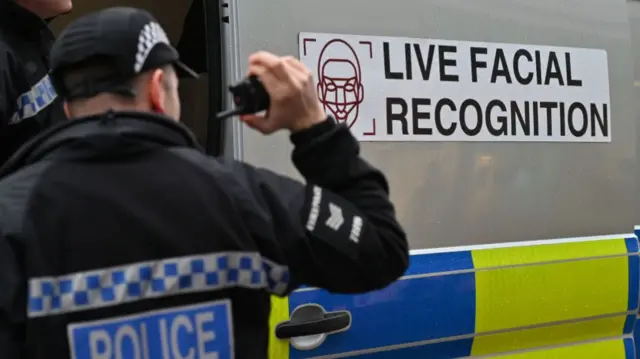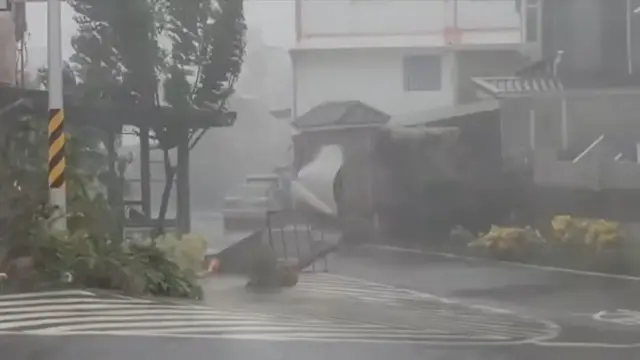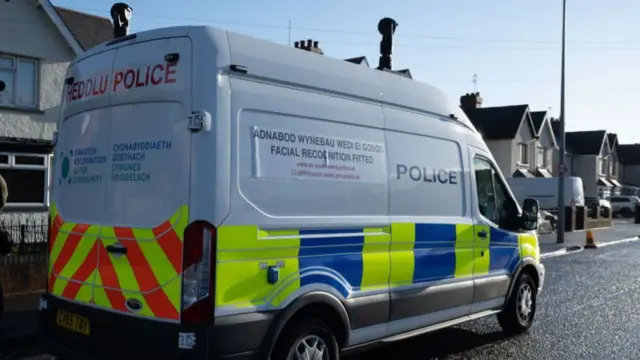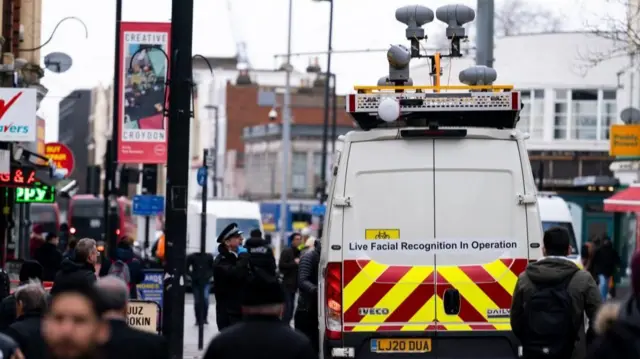That was Wednesday on BBC Verify Livepublished at 17:31 BST 13 August
 Anthony Reuben
Anthony Reuben
BBC Verify senior journalist
We’ll be closing this live page shortly, but our late reporters in London and Washington will continue verifying material and checking facts.
Today we’ve been looking at live facial recognition technology - how it’s used and how it works - as the UK government announced the expansion of its use by police forces in England.
The team has also been verifying footage of the impact of Typhoon Podul, which hit Taiwan earlier today and is heading to China.
And we've been using heat source satellite data to investigate reports of recent Ukrainian drone strikes in Russia.
BBC Verify Live will be back on Thursday.













